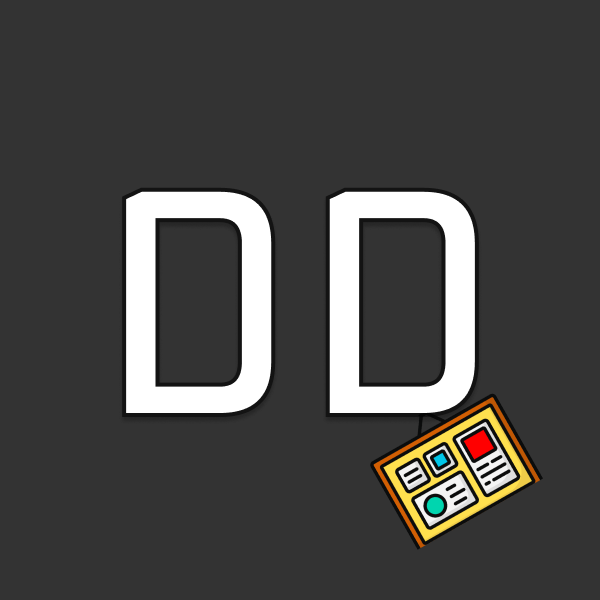Words of Advice for Aspiring PMs

Many who aspire to become a product manager (PM) always come to me with the same pattern of questions: Will I get to drive my ideas from start to finish? Will I go from concept to release? Will I get to take ownership? Am I the CEO of the product?
On paper, the role of a product manager can be a dream come true. You’re the center of a product team, driving business metrics and working with a cross-functional team to do it. Many product decisions come through you.
Let me give you some words of advice. I’m going to explain what you need to hear, not what you want to hear.
Get used to life in the trenches.
As it turns out, surprise, surprise! Building products within a team can be challenging without the right mindset.
When you complete your product discovery work and have the work ready to be executed, you can’t always just expect engineers and designers alike to follow along with your desires.
For example, the discovery work you perform may result in a sensible problem to solve with a high return on investment (ROI), but that’s just one angle of the lens.
Chances are, your team will already have a backlog of items to work on, and it’s your job to coordinate and prioritize. Many times:
- Team members will argue for their own work to be prioritized.
- Designers have new proposals to your solution, which requires refactoring of engineering work.
- Engineering managers have tech-debt to deal with, and may reasonably prioritize that over your new extravagant feature.
- Your work would have to be “semi-cut”, meaning only parts of it would get done in the ideal timeline you envisioned.
And once execution finally starts, so many unknowns, bottlenecks, and other blockers will crash in your direction.
As a PM, sometimes you’ll have to get your hands dirty in helping to unblock or finding the right people to help. But that’s not even the worst case scenario. If whatever is blocking the team requires immense effort to fix (not justifying the ROI anymore), you’ll often have to reprioritize with everyone again to iterate on a new solution.
Or, some product teams have no choice but to just “cut” the work entirely without a plan B. Why? Because there are too many other things of equal importance to work on.
In any case, this is why I term this process as “working within the trenches.” It’s the ‘not-so-pretty’ component of product management which every team has to go through: prioritization, unblocking, cutting, and reiterating on small clunks.
As a PM, your impact becomes nuanced or hidden within the weeds, since the ideal product you envisioned will likely not bear fruit the way it played out in your head. Even the minimal viable product (MVP) might have to be re-adjusted. Is that bad? Not necessarily. That’s just the reality of building products. You always have to iterate.
Start a plan on how you’ll evangelize your product.
One amazing suggestion I’ve received and have relayed to others is to “evangelize” your product as soon as you join.
Become the internal and external face of the product team. Learn the strengths and weaknesses of your features inside and out so you know how to best market your product.
While there are many tasks where defining the impact of a PM can be challenging, becoming an evangelist isn’t one of them. When you start newsletters for your team to promote your features, host “learning sessions” with other teams or external parties, improve the customer-facing sites, or write more external blog posts on releases or team progress, results can accumulate both in the short and long-term.
At Microsoft, I started an internal monthly newsletter for our team within a few months of joining, going over all the best updates and cool features we built and promoting it to target audiences. I also started hosting learning sessions with other teams so they could learn the benefits of our features and how to use them.
Just doing these things alone can create an immediate impact within one’s team, alongside making a great impression on your engineering managers and designers. It’s all those little things you do which eventually add up to a smiley face on both your boss and your team.
Nurture your relationship with leadership.
Leadership will hold you accountable at all times.
PMs often give many presentations, and your leadership team, or CEO if in a start-up — will always be on your tail, as they should be). Alongside your engineering partner, make sure to always think from a leadership point of view when you report product updates and statuses.
Is the money going to flow in soon? What features do leadership care about the most? What are the ETAs (estimated time of arrival) for the features?
While every leadership group has different priorities, at the core — they will typically care about the following:
- Revenue and ROI for a given feature — pros and cons of certain financial decisions.
- Cash flow opportunities — what future revenue streams are viable?
- Delivery dates and deadlines — what’s a date you can commit to ship by?
- Long-term roadmaps for the product and company vision.
Instead of worrying about how you’ll manage the fire, try to embrace and nurture your relationship with leadership. Do this by:
- Asking high-quality questions: when do you need this feature by? What does the roadmap look like to you right now? What are this month’s/quarter’s highest priorities?
- Tailoring to your audience.
- Giving updates more frequently and asking for feedback when possible.
Perhaps I made the product manager role sound less sexier. But reality is, every role within a product team bears its own challenges. Software deals with tech debt, complex problems, capacity restraints, and so many technical or feasibility limitations or debates.
Designers have to iterate on their prototypes and workflows all the time. They will get into debates with PMs and user researchers, and have their own ideas on how the product should look.
A strong product manager will be able to navigate their way through all of this mess to ensure everyone, especially the users or customers, is happy.
A product manager’s life is not easy. But follow these steps, and you’re halfway there.
Thank you for reading! Connect with me on LinkedIn & Twitter, and follow me here or on Medium for more content!





